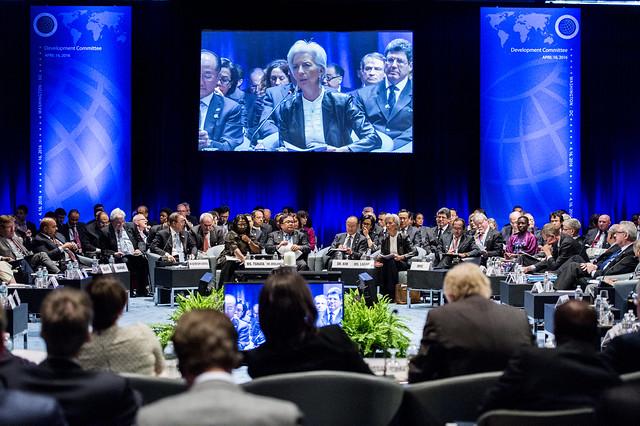
The impact of COVID-19 is something many still feel across the globe. Each country had its own ways of handling the pandemic, but the impact of COVID-19 on poverty in Denmark was negligible due to Denmark’s existing policies, the way the Danish government navigated lockdowns and an important cultural element: social trust.
Existing Poverty Rates and Social Welfare Programs
According to the most recent data available from the World Bank, the poverty rate in Denmark in 2019 was 0% for individuals who make $6.85 a day. When looking at the rate of extreme poverty in the country (less than $1.90 a day), the rate was 0.3%. Denmark’s poverty rates are so low because of the country’s social welfare programs.
These social welfare programs are what leads to quality living in Denmark. The country is No. 2 on the World Happiness Index, received No. 12 on the World Economic Forum competitiveness ranking in 2018 and has one of the lowest wealth inequality scores in the world.
Danish social policies apply to all citizens from cradle to grave, and some of them include paternity or maternity leave up to a full year, municipalities guaranteeing and paying for schooling and nurseries, tuition-free education for college students and generous allowances for families.
Dr. Peter Abrahamson, a sociologist at the University of Copenhagen, described the important element that allows all of these policies to be possible. “Everyone is working,” he said. These social welfare programs allow citizens to become part of the labor market, which helps pay for the high taxes that fund these programs in the first place.
Quick to Close, Early to Reopen
People saw Abrahamson’s statement in action with how the government handled the pandemic, reducing the potential impact of COVID-19 on the poverty rate in Denmark. Denmark’s population is relatively small (5.8 million compared to about 332 million in the U.S. in 2020) and it faced a relatively low death count. The country went into lockdown starting with the Danish Prime Minister ordering all schools, nurseries and universities to close on March 16 (Denmark implemented the order on March 11, a day before France placed the order).
Denmark also asked citizens to start respecting the pandemic protocols as soon as possible, and many embraced them before the lockdown began on March 16. According to a 2020 article from the National Library of Medicine, Denmark had a total of 9,311 cases and 460 deaths in May 2020, whereas other countries such as Switzerland, with roughly similar size and population, had already accumulated three times more cases and deaths. While other countries remained under strict lockdown, Denmark had already begun to reopen its society and industry, allowing people to go back to work.
In 2020, KPMG took a look at some of the financial measures the Danish government implemented in response to COVID-19 once businesses started opening back up. Some of these measures included compensation of 90% of the revenue that self-employed people lost with a fixed cap per month, setting aside 60 million DKK (Danish krone) to improve qualifications for the unemployed, extending unemployment benefits and subsidizing between 25% to 80% of a company’s fixed costs if company revenue was to decline significantly as a result of COVID-19 (the amount subsidized depended on the expected percentage of lost revenue).
Trust in the Government and in Others
The lockdown policies and quick reopening of the country would not have been as smooth as they were without the Danish people’s trust in the government and themselves. Trust is an important element of Danish culture and is what allows citizens to live their lives as they do. According to Christian Bjørnskov, a professor of economics at Denmark’s Aarhus University, a combination of trust, confidence in the government and others and strong economic developments are what makes Danes happy, not the social welfare programs. The Danes understand that the services their government provides are a contribution to their efficient labor market.
The Danes also trust their government to deliver what they need. Denmark’s Happiness Research Institute, for example, looks for what people and allows politicians to be able to deliver on that. As for the pandemic, Denmark applied the same type of trust between the government and the people.
According to an article from the International Monetary Fund (IMF), more than 75% of eligible citizens were fully vaccinated as of October 2021 and more than 60% of the adult population underwent testing each week. Testings were free to schedule as well, and citizens saw them as a way to keep others safe and to do their part rather than as an infringement of rights.
Through existing social welfare programs, clean handling of the pandemic and the social trust that exists between citizens and government, the impact of COVID-19 on poverty in Denmark was able to be negligible. Based on previous data trends from the World Bank, one can assume that Denmark will continue to see very low poverty rates as the world adjusts to a post-pandemic world.
– Matthew Wikfors
Photo: Unsplash
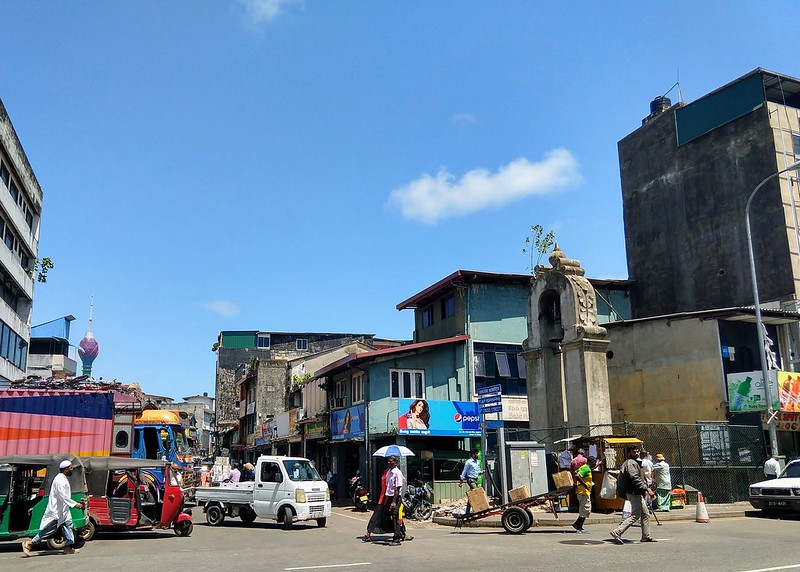
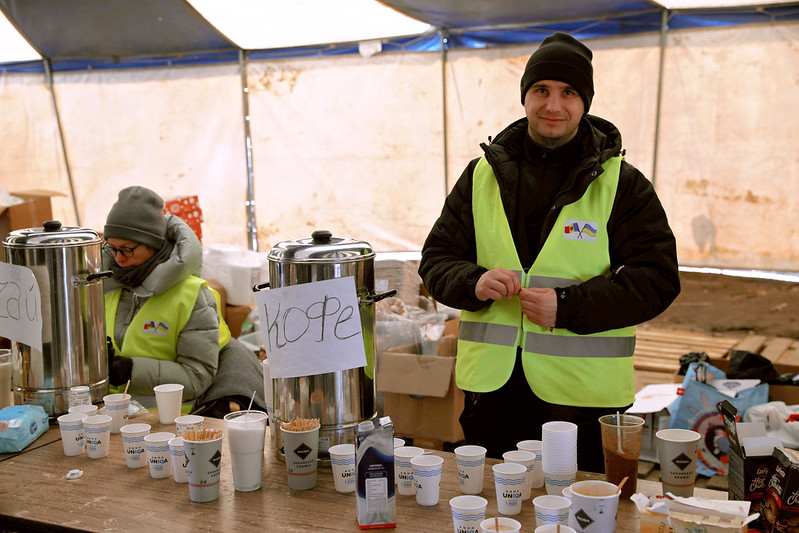 A former republic of the Soviet Union, Moldova is
A former republic of the Soviet Union, Moldova is  On July 12, 2022, the U.S. and World Bank announced the provision of
On July 12, 2022, the U.S. and World Bank announced the provision of 
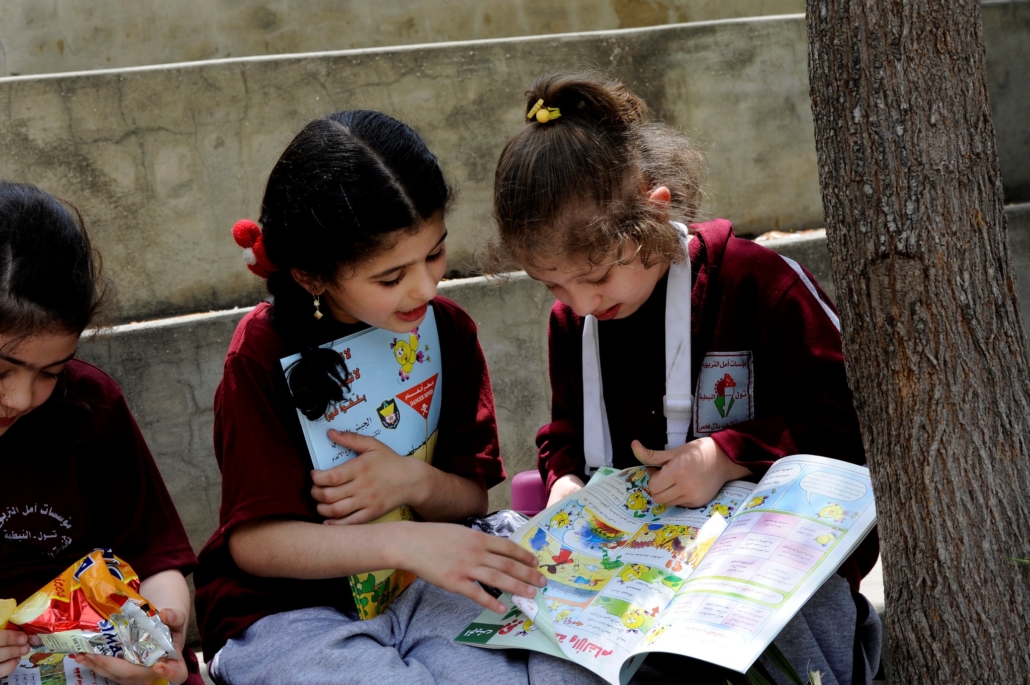
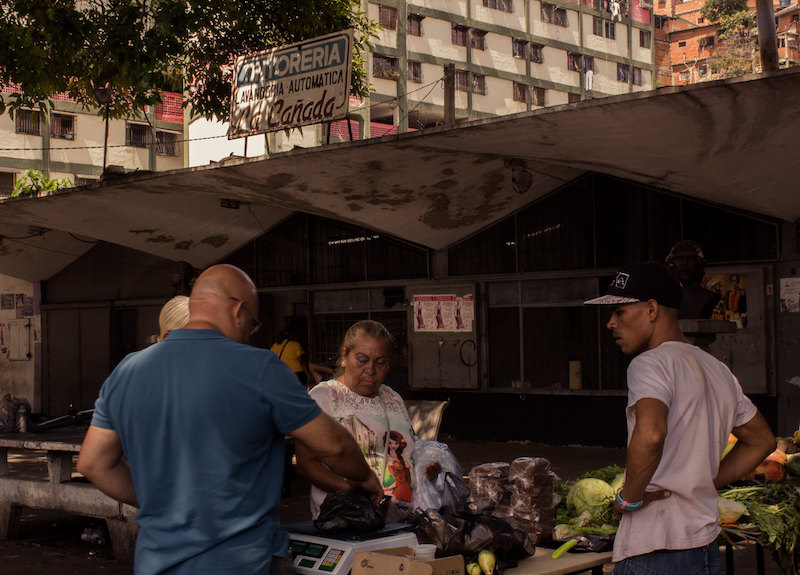

 In the past decade, Iran’s impoverished have floundered due to an overwhelming bombardment of economic sanctions. Documented human rights violations and insincere promises to slow its uranium enrichment program have garnered the Iranian state’s pariah status. Iran’s tumultuous relationship with the West has only worsened following
In the past decade, Iran’s impoverished have floundered due to an overwhelming bombardment of economic sanctions. Documented human rights violations and insincere promises to slow its uranium enrichment program have garnered the Iranian state’s pariah status. Iran’s tumultuous relationship with the West has only worsened following 